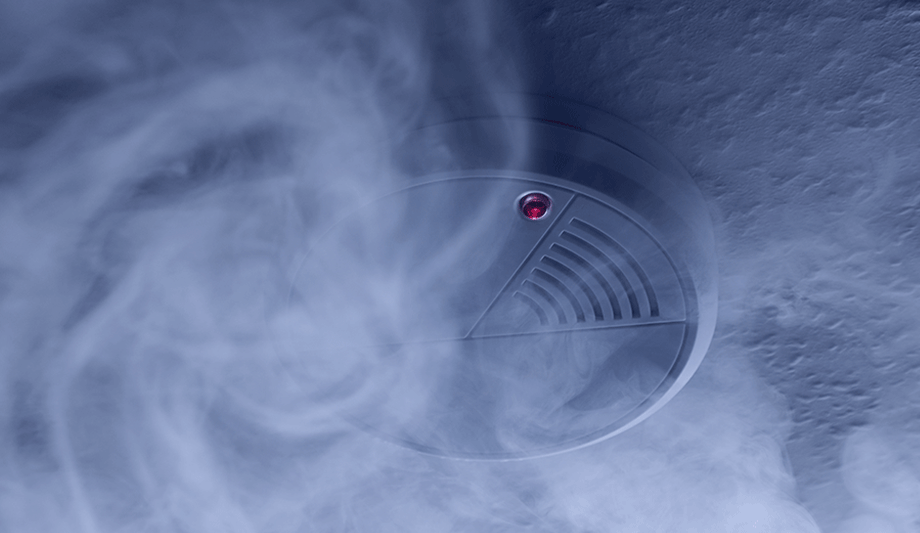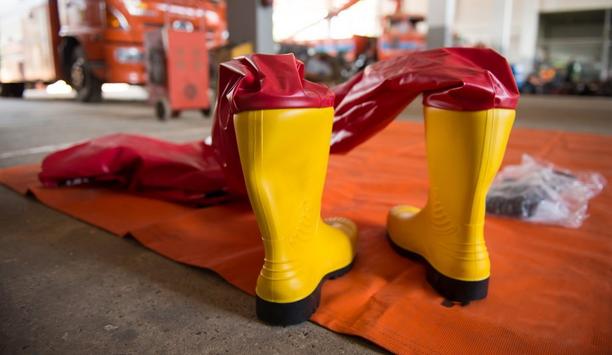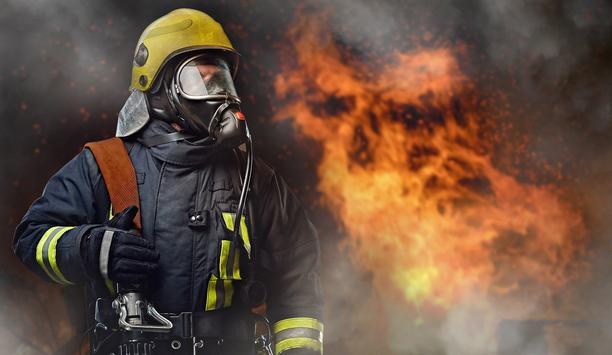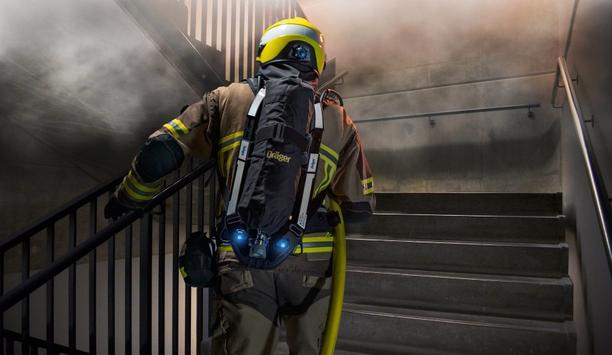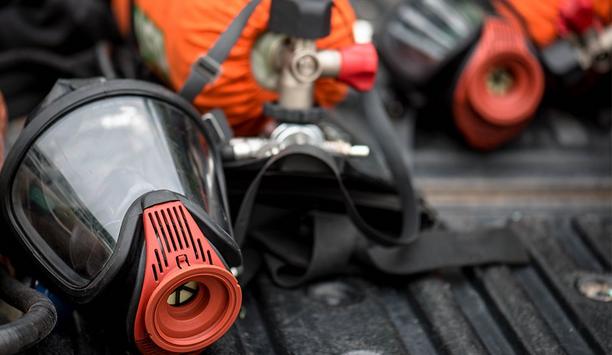Since the onset of the pandemic, most companies have become familiar with issuing alcohol gel in the form of hand sanitizer for staff, customers and visitors. This is understandable because it’s a good way of ensuring no germs, viruses and bacteria are passed on when surfaces are touched.
But, as a manager or procurement officer, just how au fait are users with storing these highly-flammable liquids? It’s important to do so carefully because of the high alcohol content in the gel – anything from 60% to 95% – means it could prove a chemical fire hazard.
Alcohol-based sanitizers
In other words, hand sanitizer can ignite very quickly when exposed to a naked flame or other forms of heat such as heat generated from friction or sparks. The higher the alcohol content the more effective the gel (i.e. it actually kills rather than ‘dampens’ bacteria) and the more flammable the product.
That way, they’ll have less opportunity to burn themselves should they go near a naked flame
In fact, alcohol-based sanitizers like the kind most of us encounter on a daily basis are in fact graded ‘Class I Flammable’. This means they become a chemical fire hazard with heat below one hundred degrees Fahrenheit, 37.8℃. And, on that point, anyone using the gel should rub it in completely until their hands are dry. That way, they’ll have less opportunity to burn themselves should they go near a naked flame.
Hand sanitizer storage
Hand sanitizer storage is important. If stored and used properly, the fire hazard aspect of the gel shouldn’t pose any type of problem or fire risk.
This is particularly important for bigger quantities of liquid, i.e. more than 100mls. According to fire regulations issued by the Occupational Health and Safety Administration (OSHA), users should avoid putting sanitizer gels in a cupboard near any heat or ignition sources, i.e. a cooker, fire, electrical outlet, switch or any type of electrical equipment.
Fire resistant cabinet
Good hand sanitizer storage means avoiding oxidizing agents too, such as nitric acid or acetyl chloride
Good hand sanitizer storage means avoiding oxidizing agents too, such as nitric acid or acetyl chloride. They strongly recommend against storing quantities of fluid in areas used for means of escape and circulation routes and spaces. What’s more, storage should be in a fire resistant cabinet or cupboard and away from sources of heat, friction or sparks.
It’s also important to display and keep up-to-date Safety Data Sheets and COSHH Regs. There are some good reference guides and ebased risk assessment tools on the HSE website regarding the storage of large quantities of substances. They also recommend reading the Control of Substances Hazardous to Health (COSHH) - COSHH guidance which explores sorting large quantities of substances post COVID-19.
What Happens In The Event Of Spilled Liquid?
The best type of lid for an alcohol-based sanitizer (or any kind of alcohol-based substance for that matter), is one that flips open. That way it’s less likely to spill out in large quantities. However, if a cap lid comes loose, the entire contents can run out. This means it could fall onto clothing, textiles and bedding, causing these to become a potential fire hazard.
Fire regulations advise that in the event of a spillage immediately remove all sources of ignition
Fire regulations advise that in the event of a spillage immediately remove all sources of ignition and wipe up the liquid. Don’t forget to dispose of waste materials carefully ideally outside away from the building in a lockable, non flammable waste bin.
Small fire extinguisher
If the worst happens and the gel does ignite, then it can be quickly put out using a small fire extinguisher. A fire blanket can smother the flames. Most of them have heard of the phrase ‘Stop, drop and roll’ if the clothes are on fire. Users should then smother themselves with a fire blanket, submerge their hands in cold or lukewarm water. For information on how to treat burns to the skin, go to the Burns and Scalds page on the NHS website.
It’s also worth pointing out that soap and water are actually the best method to rid hands of germs and prevent passing on of any viruses, etc. Sanitizers should really only be used when there’s no access to a sink and soap.

